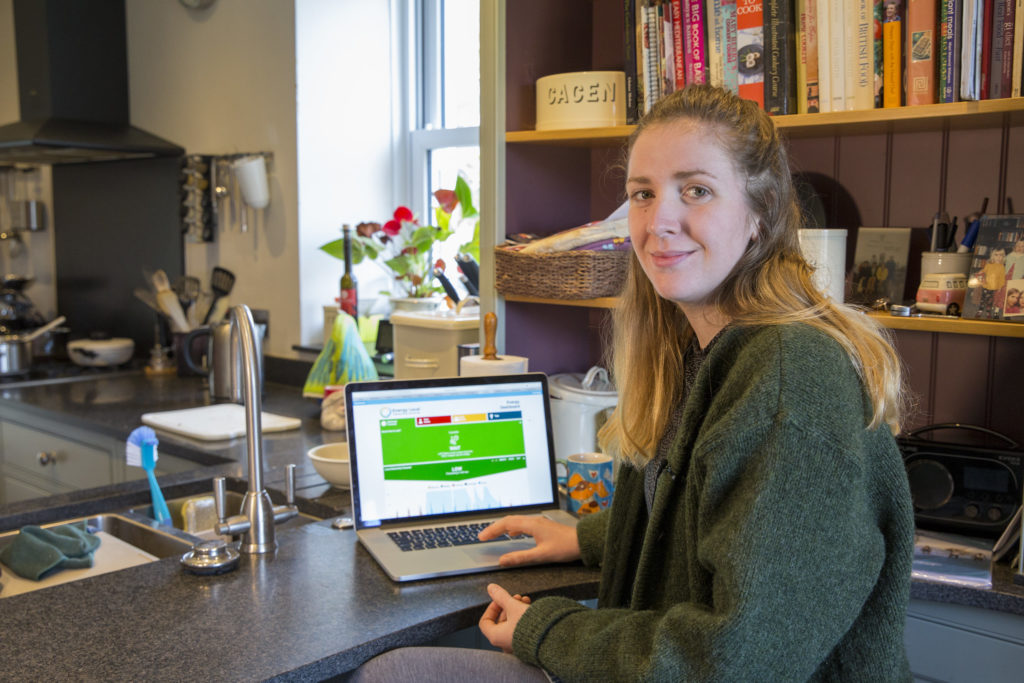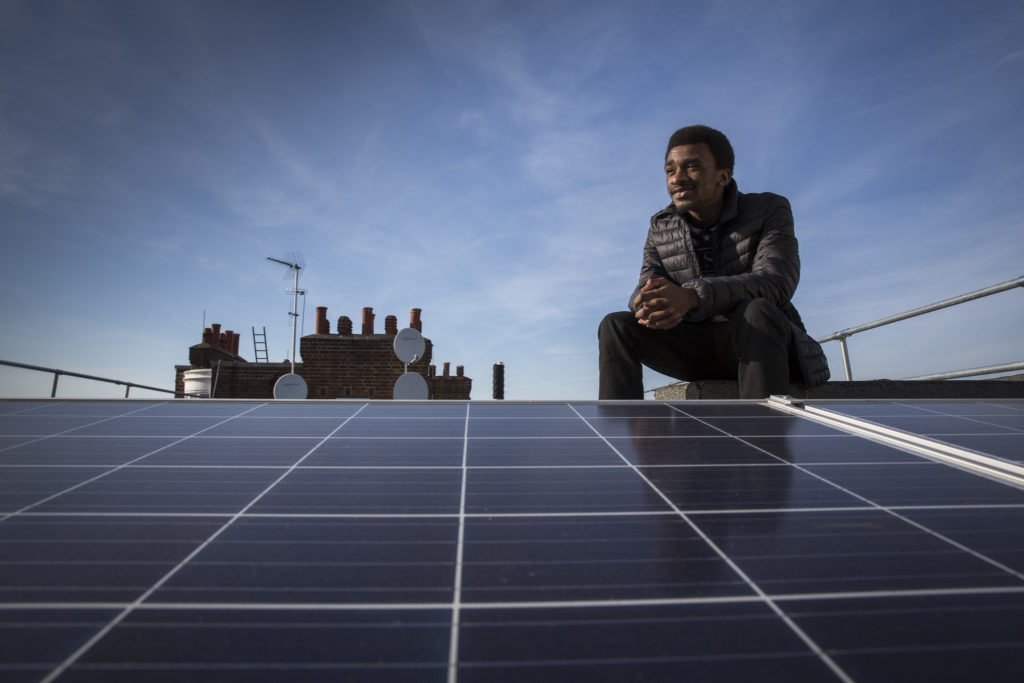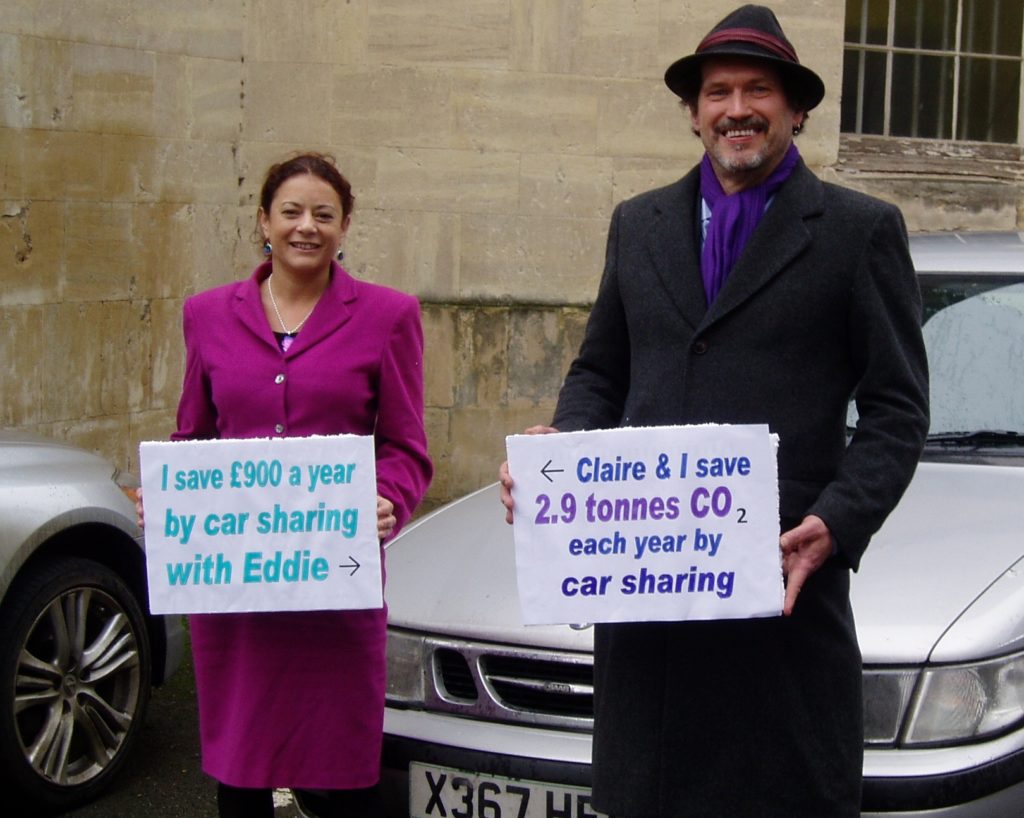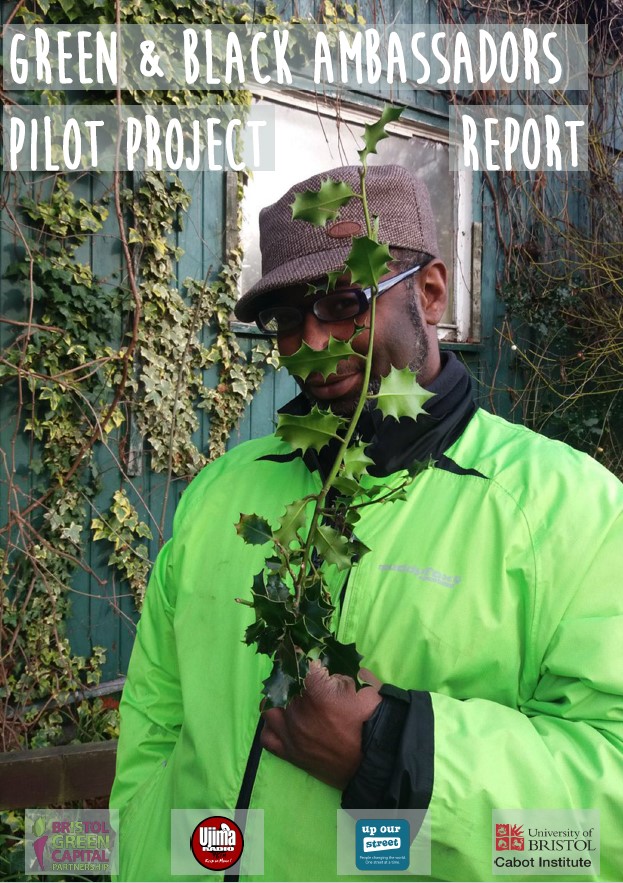Job losses and potential job creation in the North East
The IPPR has predicted that up to 28,000 jobs could be lost in the north of England in the next 12 years under the government’s drive towards a low-carbon economy. The region is home to the largest number of coal and gas power stations in England, which is where job losses are likely. However, with the right support in place, the region, which currently produces almost half of the UK’s renewable energy, could be at the heart of a ‘clean energy revolution’ – with a potential for 46,000 new green jobs. The IPPR has criticised the government’s failure to include proposals within its industrial or clean growth strategies to limit the damaging effect on communities and help workers retrain. This risks job losses or forced acceptance of low-quality jobs, an increase in numbers on welfare benefits and an increase in local deprivation. Locally, training and skills can be offered to help workers transition to the low carbon economy.
Research by the Local Government Association shows the high green job potential in the North, with the wind, nuclear, hydrogen, and carbon capture and storage industries creating over 84,000 jobs by 2050. The North of Tyne Combined Authority has created a 5-point plan for this transition to a zero-carbon and zero-poverty economy. It includes increased investment into green jobs, with a Green New Deal fund aiming to award funding to small and medium-sized projects that will help create new jobs and develop skills in low-carbon industries. In 2021, the promise of green job potential in the North East was demonstrated with the establishment of the UK’s first battery-making gigafactory in Blyth, Northumberland and a proposal for an additional gigafactory in Sunderland, both helping to create batteries for electric vehicles on a large-scale. Together, they are estimated to create over 4,500 direct jobs and a further 9,500 in wider supply chains. Other actions in the 5-point plan include improving green skills, through increased climate education in schools and retraining workers for green jobs with the new £23 million adult education budget; and increasing citizen power by incorporating the Climate Change Citizens’ Assembly recommendations into future plans.
Glasgow City Council – high standards for energy efficiency in new developments
Glasgow City Council is leading the way in Scotland in terms of energy efficiency standards for new-build domestic developments. As of 2018, homes are expected to comply with the demanding gold standard for sustainability set as part of the Scottish Building Standards. New homes must demonstrate an improvement of 27% against the Target Emissions Rate over the 2015 Building Regulations. The gold standard also sets requirements for water efficiency and provision for sustainable transport options as well as minimum noise and natural lighting levels. Pilot programmes to build social housing to near Passivhaus standards are underway. (Passivhaus buildings use passive design techniques and controlled ventilation to reliably achieve significant energy savings whilst providing high levels of comfort and good indoor air quality.)
Energy Local – cutting electricity costs for those using locally generated power

Energy Local CIC has introduced a game-changing solution to large discrepancies in the amount households pay, and the amount generators earn from, distributed renewable energy generated at a local level with its match tariff. Most community energy schemes feed directly into the grid without any capacity for local people to use this energy at preferential rates. Members of an Energy Local Club, the first of which is in Bethesda, Wales, can use local hydro-generated electricity at a price that is mutually beneficial.
Small-scale renewable energy is sold to energy suppliers at 5-6p per kWh, but people living nearby buy electricity back at up to three times that price. However, Energy Local uses new smart meter technology to allow households to match their use to local renewables. This is having a direct impact on fuel poverty – with households reporting savings on their electricity bills of 24% – generating additional funds for renewable generators and keeping energy spend in the local economy.
Repowering – bringing local energy to hard to reach communities

Ashden award winner Repowering delivers community-based renewable energy. They have worked with housing estates which have often been given up on in the past and delivered projects in some of the most deprived councils including Lambeth and Hackney. These projects get local people involved, providing opportunities to gain skills and confidence. Their grassroots approach, which involves communities, rather than imposing projects on them, means they can identify the most useful opportunities for local residents and help facilitate engagement between neighbours that might otherwise never have happened. This approach is behind the success of implementing projects in areas which were previously deemed ‘hard to reach’.
Liftshare – enabling those who can’t drive to get to work
The car sharing scheme Liftshare enabled one of its members, Tim, to get to work after his driving licence was revoked after a diagnosis of epilepsy. Not wanting to have to give up work, he tried cycling to work, but this extended his travel time by 80 minutes a day which was not ideal. Instead he registered with Liftshare and started sharing his commute with two other members. “I met two chaps to share with.”, he says: “The one who was on Liftshare and then his pal who shared the journey with him – they’re actually half my age but they’ve really helped me, so I’ve tried to always be on time and we get on very well.”
Liftshare and Liftshare for Work are technology platforms that allow users to create a profile, add their journeys as either a driver or a passenger and share the travel and environmental costs of driving. A shared journey is twice as efficient and half as expensive as someone driving alone. The Community Platform is free for anyone to use and users can advertise their ad-hoc or regular journeys.
The Liftshare For Work Platform are bespoke communities created by large employers. They’re designed to connect colleagues from across an organisation to reduce commuting emissions. This is increasingly becoming an issue for many employers who are planning their return to the office in the post-covid recovery. Liftshare technologies help overcome changing shift patterns or employee churn that has occurred as a result of the pandemic.

Swaffham community heat scheme – bringing low-cost renewable heat to an off-gas community
The Swaffham Prior Community Land Trust approached Cambridgeshire County Council in 2017 to collaborate on a community heat scheme which will enable the village to stop relying on oil and move to a renewable heat source for heating and hot water needs. After exploring numerous low carbon heating options, a detailed feasibility study suggested that a district heat network with an energy centre, which has a combination of heat being extracted from groundwater and mains gas, would be the most viable option. As a self-sustaining and low carbon fuel system, this community heat project would ensure that off-gas households are no longer vulnerable to the fluctuating prices of oil, and also reduce both local noise and air pollution and the village’s carbon footprint by 60%. In 2020 the Swaffham Prior Heat Network project achieved planning permission and subsequently received funding from Cambridgeshire County Council, Cambridgeshire and Peterborough Combined Authority and BEIS. The project aims to connect the first homes in March 2022, with borehole drilling for heat supply already underway and 80 heat supply agreements issued. In late 2021 the project was also awarded a grant of £350,000 to help 20 homes on low-incomes and low energy performance certificates join the heating network and become thermally efficient. This project acts as a pilot for both the government and similar villages looking to convert to sustainable heat systems and make such systems more accessible to the whole community.
Funding for green screens to protect schools in the most polluted areas
In recent years the Mayor of London has awarded community green space grants to projects across London. Between 2019 and 2020, the £2.39 million provided allowed 131 community projects to arise, including the creation of community gardens and the greening of school playgrounds to minimise children’s exposure to the harmful emissions from busy roads. A recent report by the Air Quality Expert group found a ‘green barrier’ between cars and pedestrians, such as hedges and climbing plants across walls, can halve the levels of pollution behind the barrier. The photo below show the ivy green screens installed at a primary school located close to London Victoria train and bus stations, where air pollution levels are high. As well as improving air quality in the playground, the benefits of green screens and planting were planned to be incorporated into the children’s education, helping them to become “the adults who can help reduce the harmful impact of climate change and create a better London and world.” In 2020-2021, the grants evolved into a ‘Grow Back Greener’ fund, with £1.4 million awarded to 45 community projects that help improve access to green space and focus on climate change adaptation and water. Projects were prioritised in areas with higher levels of deprivation, climate risk and less access to green space, and by 2022 will have improved over 18 hectares of green space with the help of over 5,000 volunteers and trainees.

Engaging BAME communities in environmental sustainability

Bristol Green & Black ambassadors is a joint project run by Ujima Radio (a station targeted at Bristol’s Afro-Caribbean community), the Bristol Green Capital Partnership and Bristol University. Activities include conducting community research and projects to encourage stronger engagement across BAME and environmental sustainability communities, creating media projects and monthly radio shows focussed on sustainability and engaging with organisations in the city to constructively challenge and influence how decisions are made, to ensure a stronger voice for marginalised communities. The 2020-2021 cohort of Ambassadors connected with over 600 people through events and talks, and conducted 12 radio shows reaching over 30,100 listeners. Furthermore, over 70% of people surveyed at their events were more motivated to, or better understood, how they could act on social and environmental justice issues. Their research projects ‘To Breathe’, ‘Parklives’, and ‘Cultural Heritage’ focused on exploring the relationship between clean air and justice, how ethnic communities use and connect with green spaces, and how cultures positively impact environmental sustainability, respectively. The findings can be used to ensure ethnic minorities are engaged in environmental sustainability discussions and can take action in areas important to them.
Poundbury – avoiding car dependency
A report by Transport for New Homes found that councils are still allowing edge-of-town housing estates to be built where car travel is the only option for residents. The report praises Poundbury in Dorset – situated on the outskirts of Dorchester – as a development designed around people rather than the car.
It’s built to a traditional high-density urban pattern and has shops, businesses, and 35% affordable housing. Instead of having a supermarket situated off a roundabout, a business park on a link road and a pub next to a distributor road junction, everything in Poundbury has been arranged as a truly walkable neighbourhood.
Key to its success is having a layout of connected streets with interesting squares and courtyards, coupled with the way that offices, small shops, cafés, pubs and even a garden centre have been integrated with the homes. The effect is that Poundbury has the feel of an authentic small town, rather than a car-dependent suburb.
The report acknowledges that the architecture and ‘olde world’ feel of Poundbury may not be popular with everyone, but concludes that it seems to be successful as an urban extension.
North Lancashire Food Partnership
FoodFutures is North Lancashire’s award-winning sustainable food network, made up of over 250 people from local food businesses, the local farming community, public sector, NGOs, community food groups, and the Lancaster City and County Council. Its purpose is to make healthy, sustainable and ethical food available to everyone. Six working groups are developing and delivering the FoodFutures action plan which focuses on food poverty access, sustainable food economy and procurement, reducing the ecological footprint of food, increasing access to healthy and sustainable food, and fostering community food skills. Ambitions of the partnership include increasing awareness around the benefits of buying locally, creating low-carbon food delivery systems and shifting to growing methods that are better adapted to a changing climate. Skills is also a key focus – learning how to cook and grow sustainable produce, but also helping small businesses handle environmental health legislation and access affordable, ethical produce, increasing their agency in the food partnership. They are also aiming to coordinate and scale-up the North Lancashire Farm Start scheme to increase training and business opportunities for new growers. Furthermore, with approximately 950 households in Lancaster District requiring food clubs for support in 2021, FoodFutures, as part of the Lancaster District Food Poverty Alliance, is working to increase local communities’ abilities to reduce food poverty.
Previous Section:
6.3 Links to statutory duties
Next Section:
6.5 Useful Resources

